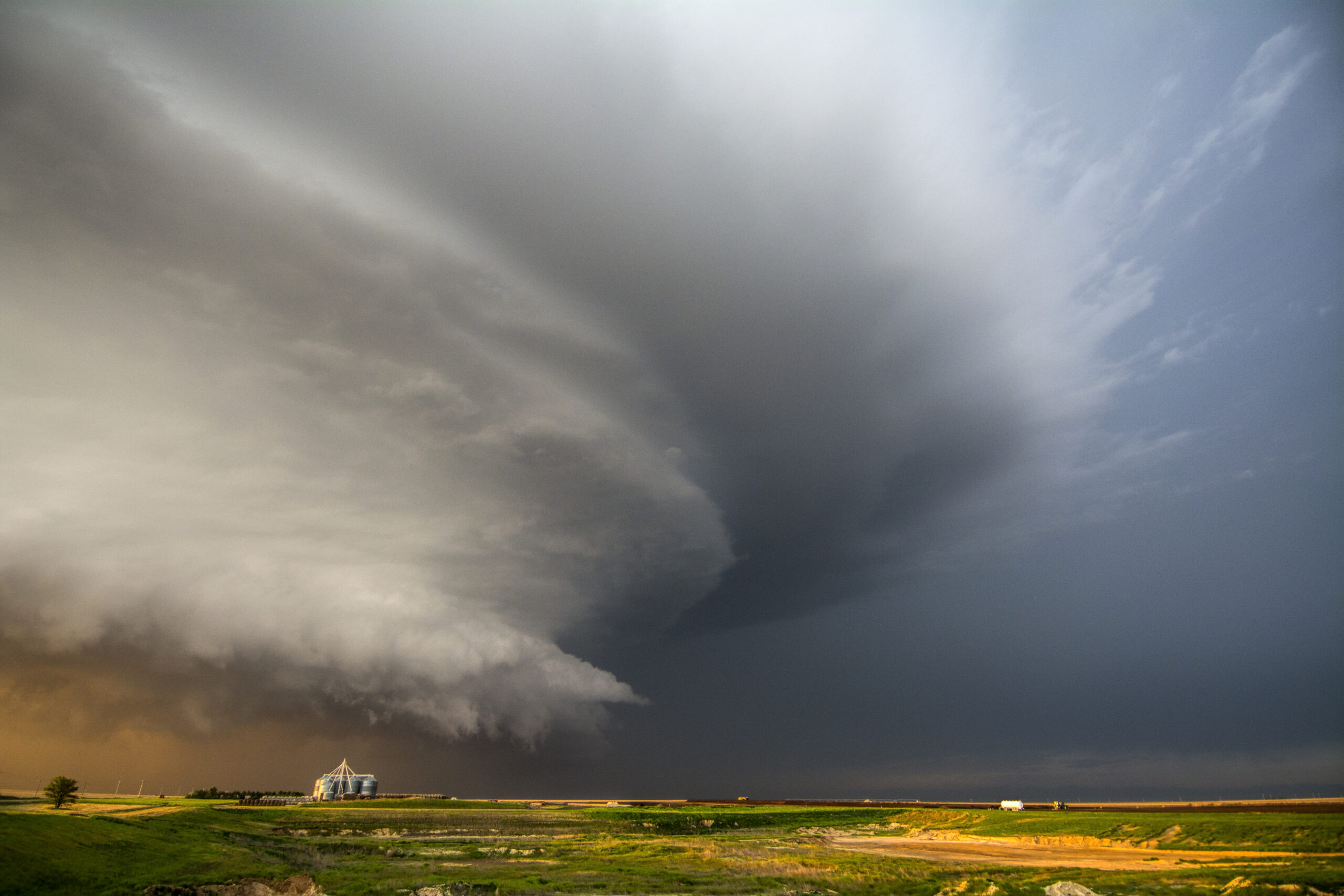It has become abundantly clear in the last few years that more and more adjusters, and even many contractors, don’t understand the difference between MARK-UP and MARGIN.
Xactimate has seemingly turned both sides of the fence into giving and accepting much lower pricing and costs than reasonably needed in order to complete the trades of exterior storm damage.
Adjusters and even most contractors are simply used to giving and taking the 10/10 O&P provided through Xactimate. (Yes, there is also profit built into the line items.) However, determining your actual costs, overhead, and profit are paramount to staying in this business.
Recently, I ran into an adjuster that wrote in his estimate that he was agreeable to the 35% Profit Margin and 15% Overhead that was being charged by a contractor. The revised estimate reflected the following:
$215,000 (Hard Cost Labor & Material)
$32,250 (15% Overhead)
$75,250 (35% Profit Margin)
———————————-
$322,500 RCV +/-
This adjuster applied a 35% Profit Mark-Up and 15% Overhead Mark-Up in his estimate instead of a 35% Profit Margin and 15% Overhead Margin on the hard costs. The total being billed by the GC was $430,000 which was accurate of a 35% Margin on the project (70% Mark-Up) and 15% Overhead (30% Mark-Up). Labor + Materials x 2 = Total Job Cost for this contractor which looked like this:
$215,000 (Hard Cost Labor & Material)
$64,500 (15% Overhead)
$150,500 (35% Profit Margin)
————————————
$430,000 RCV +/-
Some of you may expect less in profit to run your business, while others may be higher. Some may have smaller overhead and some may have larger. Regardless, it’s important to know your numbers. This adjuster was over $105,000 short on what was needed to complete this job, despite agreeing to the 35% Margin/15% Overhead.
His assumption was that 35% Mark-Up was the same as 35% Margin. It’s NOT.
Businesses who operate for the long run must cover the costs of a potential workmanship issue or defect within the costs of their overall price and profit. Should they extend a warranty to a client, they expect not to go out of business because of any workmanship errors. The client also expects this of their selected contractor.
Mark-Up Vs Margin Real World Example
I recently purchased 5 trees that were installed at my property. Contractor 1 came in at a total cost of the following:
$500 Material
$250 Labor
$750 Profit (100% Mark-up/50% Margin)
—————————-
$1,500/Tree or $7,500 all-in with a full warranty.
His explanation was that if the trees died, he would be replacing the $500 tree and completing the $250 in labor. His calculation was simple. Labor + Material x 2.
His profit would be completely wiped away a year down the road if we had issues, but he would at least remain in business and could stand behind his work. I had no risk in this proposition and knew this contractor would be in business for the long run. Total MAX Cost to me as a consumer: $7,500.00
Contractor 2 came in at a total cost of the following:
$500 Material
$250 Labor
$250 Profit (30% Mark-Up/15% Margin)
—————————
$1,000/Tree and only $5,000 but with NO warranty.
The issue with this was that if my trees died, this contractor would do nothing for me. I’d be out of pocket another $1,000 (or more) per tree if something happened, which would have cost me even more money in the long run. If only 2 of the 5 trees died I would end up paying $7,000 and still not have a warranty or certainty. If all of the trees died, I’m out my initial $5,000 plus another $7,500 to have the job done right by Contractor #1.
One other consideration, Contractor 1 would be using premium soil, digging a deeper hole, including the cost to run my irrigation, and using higher end materials to protect the tree. He also shows up 2 weeks after install, 3 months after install, and 1 year after install to check on his work and overall health of the tree. All included in the original cost. He wants to protect his profit by standing behind his workmanship.
Contractor 2, uses no additional soil, doesn’t cut open the burlap sack, upcharges me for the irrigation, and uses cheap metal stakes and chicken wire around the tree. We would never see him again and he would go cheap on the details.
Unfortunately for me, I selected Contractor # 2 in 2018. Literally ALL of my trees died and I had Contractor #1 come out and do it all over again because the first guy was nowhere to be found.
Tough lesson for me to learn and one I never want to see a client have to go through, especially one on a project of this size and importance.
Great contractors take on the full risk of the project, put their capital to work, ensure a proper warranty, take the risk off of the client, and should a defect or workmanship issue come into play, they will utilize their profits to fix the issues. A cheaper contractor would simply close down shop and open up the very next week under a new name.
Know The Difference Means Staying In Business
Where will you be on that $1,000,000 roof that fails when you only made 20% Mark-Up before expenses/overhead/commissions? Will you be out of business because you accepted a Mark-Up of 20% before expenses, overhead, commissions, etc? OR, will you be there when the worst case happens because you made a 35% MARGIN, extended a warranty, and fully covered your client?
Something to think about.
Blog written by Matt Behrens







